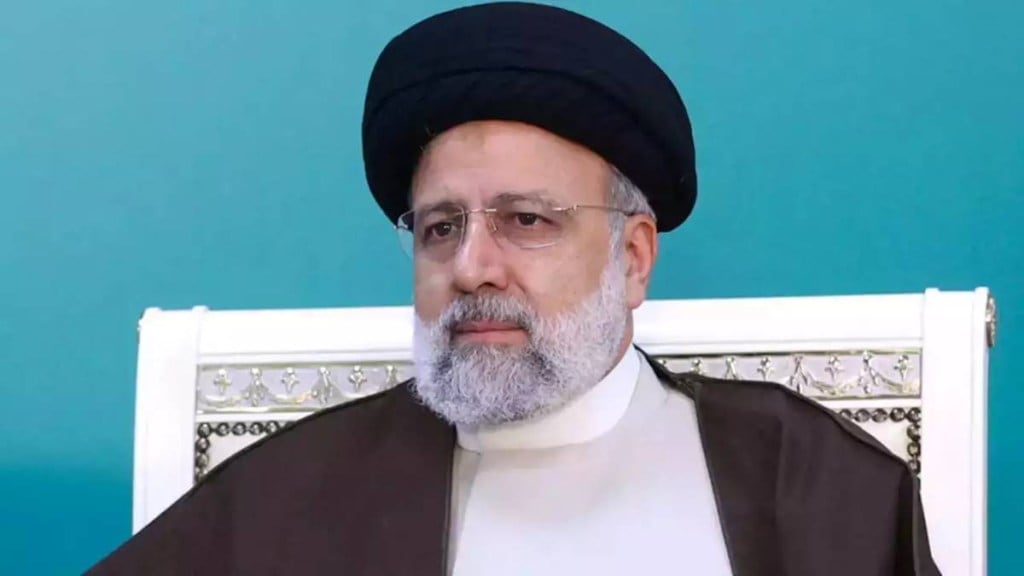As tensions between Israel and Iran escalate and fears rise in Iran regarding the return of Donald Trump to the U.S. presidency, the focus has shifted to Iran’s leadership and the future of its governance. Reports have emerged claiming that Iran’s Supreme Leader, Ayatollah Ali Khamenei, who is 85 years old and in declining health, has named his son, Mojtaba Khamenei, as his successor. This decision, made in secrecy, marks a pivotal moment in Iran’s political future and has sparked both intrigue and unrest within the country.
The Secretive Succession Process
According to Iranian sources, the succession decision was made under tight secrecy. Ayatollah Khamenei, whose health has been deteriorating for some time, reportedly proposed his second son, Mojtaba, as the next Supreme Leader in a closed-door meeting of Iran’s Supreme Council. The proposal was accepted unanimously by the council, but the details of the meeting, including the timing and the decision, have been kept largely under wraps.
The secrecy surrounding the succession process has raised eyebrows both within and outside of Iran. Reports indicate that the selection of Mojtaba was pushed through under intense pressure from the current Supreme Leader, who allegedly used threats to ensure the outcome. Some sources even claim that Khamenei’s health is so critical that he has slipped into a coma, although this remains unconfirmed. Regardless of his condition, the decision to nominate Mojtaba as the new leader is being seen as a move to ensure a smooth transition of power, one that would ideally prevent internal dissent and power struggles.
The Role of Mojtaba Khamenei
Mojtaba Khamenei, the second son of the Supreme Leader, has long been rumored to be the favored successor. While he has not held significant government positions or experienced high-level political leadership, he has been groomed for this role in recent years. Over the past two years, Ayatollah Khamenei is said to have entrusted Mojtaba with more internal governmental responsibilities, preparing him to take over when the time came.
Mojtaba’s rise is not without controversy. Despite his relatively low profile in public life, he is considered a staunch conservative and a fanatic, much like his father. Having participated in the Iran-Iraq war in the late 1980s, Mojtaba later became heavily involved in suppressing opposition movements, including the 2009 Green Movement protests. It was during these protests, which were sparked by allegations of election fraud, that Mojtaba became a prominent figure. He is believed to have played a key role in orchestrating the violent crackdown on protesters, a move that cemented his reputation as a hardliner.
Interestingly, Ayatollah Khamenei bypassed his elder son, Mustafa Khamenei, in favor of Mojtaba. This decision has raised questions about family dynamics and the factors influencing the succession. While Mustafa, the elder son, has more experience in religious studies, he has not been as publicly involved in Iran’s political landscape as Mojtaba.
The Political Implications of Mojtaba’s Appointment
Mojtaba’s appointment as Supreme Leader is seen by many experts as a continuation of his father’s policies. Like Ayatollah Khamenei, Mojtaba is expected to maintain a hardline stance on both domestic and foreign issues, particularly with regard to Iran’s adversaries, Israel and the United States. Under his leadership, Iran is likely to maintain its regional influence through proxy groups and militias, while continuing its nuclear ambitions, which have long been a point of contention with the West.
However, the secretive nature of the succession process and the lack of transparency have already begun to stir discontent within Iran. Following the announcement, videos surfaced on social media showing protests and public displays of anger, with some Iranians setting fire to posters of Ayatollah Khamenei. The secrecy surrounding the appointment, coupled with growing dissatisfaction with the regime, suggests that Mojtaba’s leadership may face significant challenges from within.

